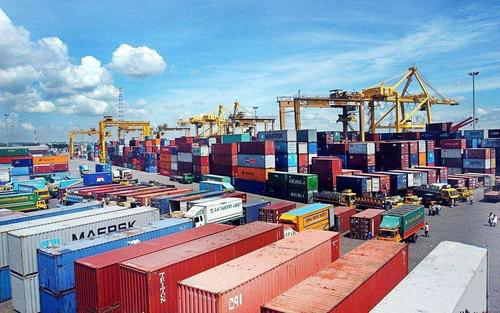Textile industry: overseas orders are still the focus
Sep 08, 2020 | by Zhao xh

Affected by public health incidents in 2020, many foreign traders, after experiencing the darkest moment of “order shortage” in May and June, finally felt a little warmth in the traditional low season of foreign trade in July and August. Winter fabrics orders in August increased, and the textile market ushered in a phased recovery. As of August 24, the average monthly polyester operating load and loom operating load were 87.71% and 64%, respectively, up 0.4 and 8.5 percentage points month-on-month.
From the perspective of the textile market, it is true that the foreign trade textile market has recovered gratifyingly, but the short-term rebound cannot boost the confidence of the textile market. 64% of the looms operating load is still at a low point in the same period in recent years, and the stock of grey fabrics in Shengze is still at a historical high around 45 days.
Affected by public health incidents, textile companies at the end of the industrial chain have higher inventory of finished products and prolonged sales collection cycles, which directly leads to greater financial pressure on textile companies. At present, it is mainly because the number of newly diagnosed foreigners maintains a peak state. It is speculated that the public health incidents in September to December will have a greater resistance to the export of non-medical textiles and apparel, which makes it difficult to destock grey fabrics, which indirectly reduces the production and sales of polyester products and inhibits destocking. Under the background of continuing public health incidents, the negative effects on the demand side continues to affect the market from the bottom up.
Therefore, how much the improvement of overseas orders will affect polyester in the future and whether it can support the long-sleeping market will be the focus of close attention of the industry.








